Shimada-ga Well
Nature
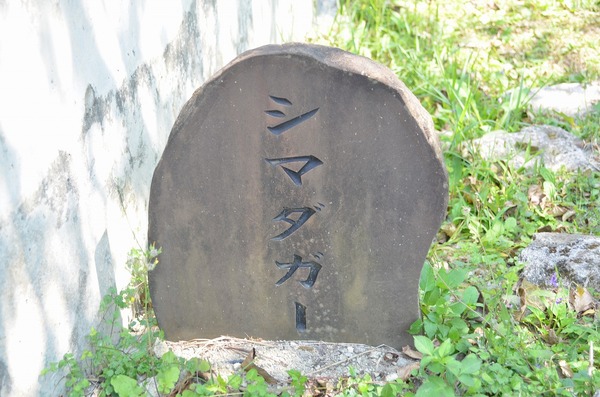

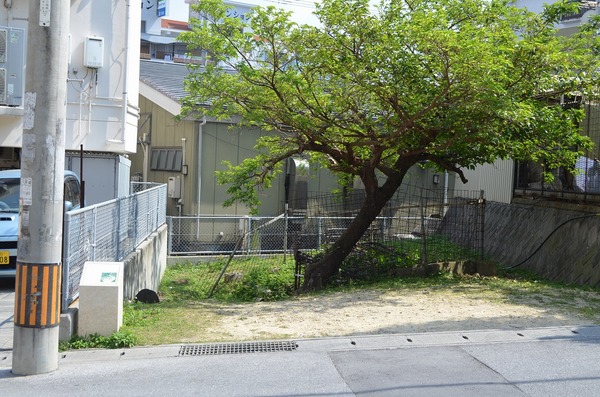
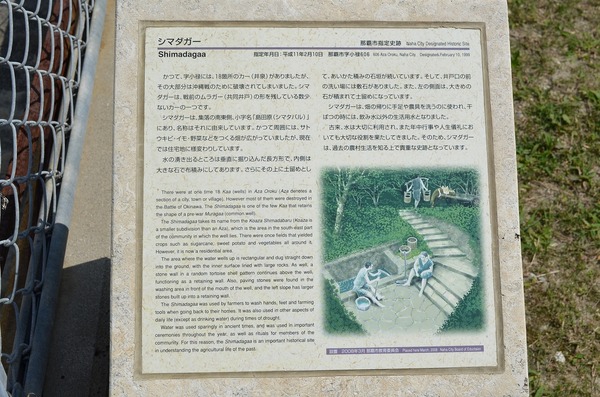
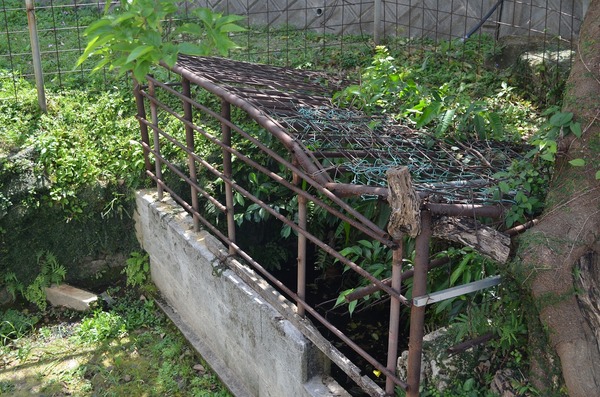
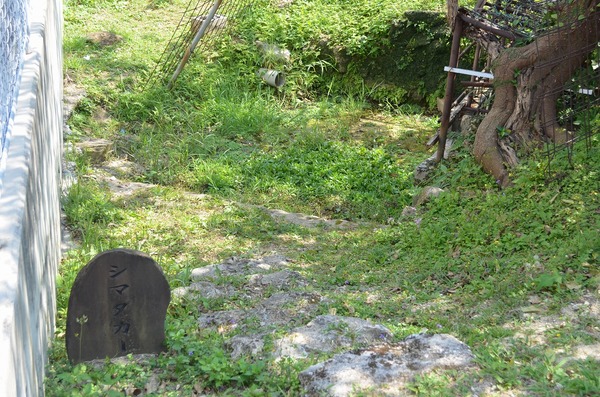
There once were 18 springs in Aza-Oroku, most of which were destroyed during the Battle of Okinawa. Shimada-ga is one of few springs which still remains the same shape of the communal well as before the war.
Basic information
- Address
- 901-0152 606 Oroku Naha Okinawa
- TEL
- 098-917-3501 (English is not supported) Municipal cultural property division of Naha city
- Business hours
- Nothing in particular
- Close day
- Nothing in particular
- Charge
- Free
- Parking
- None
- Access information
- A 4-minute walk from the Oroku Jijikaikan-mae bus stop.
Additional Information
- Academic information
- Designated date: February 10, 1999
There once were 18 springs in Aza-Oroku, most of which were destroyed during the Battle of Okinawa. Shimada-ga is one of few springs which still remains the same shape of the communal well as before the war.
Shimada-ga is located to the southwest of the community, Koaza (a section of the village) called “Shimadabaru,” where the name of the well came from. There were fields for growing sugarcane, sweet potatoes, and vegetables in the surrounding area, but now the residential area has taken its place.
The place where water springs out is rectangular-shaped, dug vertically, and the inside was piled with big stones in the Nuno-zumi style, where most of the stones are roughly the same size so that they line up across the face of the wall. On top of that, earth retaining stones are piled with Aikata-zumi style, where piles of stones are cut into polygonal shapes prior to fitting. In front of the washing area at the well, stones are paved. The left side of the stone wall is piled with big stones to retain the earth.
Shimada-ga was used to wash hands and feet on the way back from the field work. During the drought, it was used for water for daily life other than drinking water.
Since ancient times, water has been treated with respect. Water has played an important role in annual events and ceremonies in people’s lives. For that reason, Shimada-ga is a valuable historic site to learn about rural lives in the past. - Quote
- Naha Board of Education Cultural Heritage Division (2007) "Naha Cultural Property" Naha Board of Education
